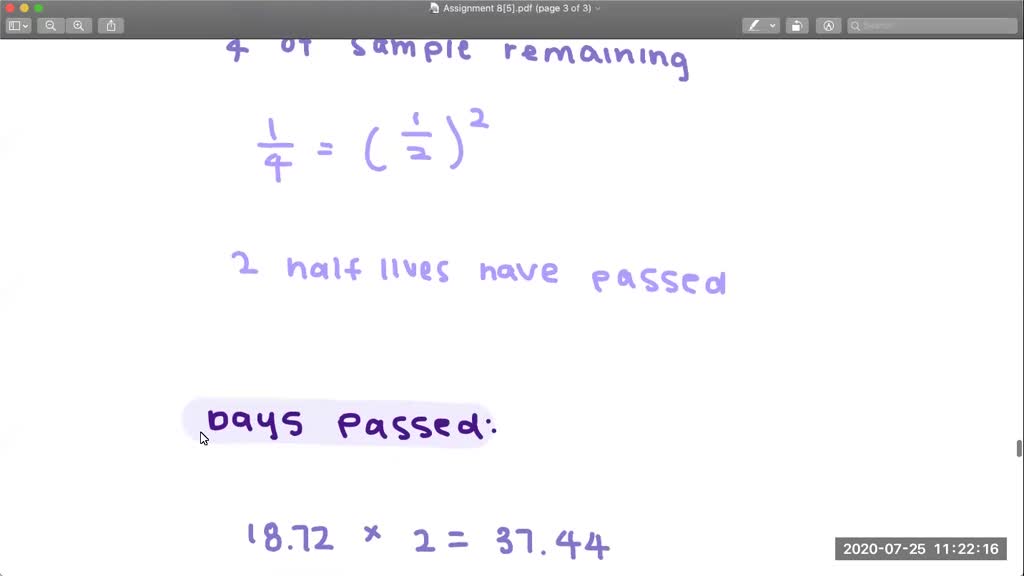

Within the nucleus, electromagnetic forces tend to shove the positively charged protons (and as a result the entire nucleus) apart. Opposite electrical charges of the protons and electrons hold the electrons in orbit around the nucleus of an atom. What Holds the Parts of an Atom Together? The result indicates a carbon atom has 6 neutrons, 6 protons and 6 electrons.
Carbon: 12 (atomic mass) - 6 (atomic number) = 6. To calculate the number of neutrons in an atom, we round the atomic mass to the nearest whole number and subtract the atomic number or number of protons from the atomic mass. The atomic mass indicates the number of nucleons (protons and neutrons). Early radiation scientists developed the Atomic Mass Unit (AMU) for calculating atomic mass. Therefore, hydrogen atoms have 1 proton and 1 electron, carbon atoms have 6 protons and 6 electrons and oxygen atoms have 8 protons and 8 electrons.Ītoms are so small that it does not make sense to calculate their mass using the same units we use every day, like ounces or grams. Neutral atoms have the same number of protons and electrons. For example, all hydrogen atoms have 1 proton, all carbon atoms have 6 protons and all oxygen atoms have 8 protons. The atomic number, which is unique for each element, indicates the number of protons in an atom. We can use the periodic table, specifically the atomic number and atomic mass for each element, to determine the structure of neutral atoms. Neutral atoms have the same number of protons (+) and electrons (-). Yet, we credit the Rutherford-Bohr Theory of Atomic Structure for providing us with a basis for understanding atomic Determining the Structure of a Neutral Atom 
Scientists’ understanding about atomic structure has continued to evolve. Electrons are negatively (-) charged and balance the positive electrical charge of the protons in the nucleus. Protons and neutrons are about 1800 times as heavy as an electron, which orbits the nucleus as a cloud. Neutrons are electrically neutral and have no electrical (0) charge. Protons are positively (+) charged particles. The nucleus contains protons and neutrons together these are called nucleons. Electrons move around the nucleus in orbits similar to the way planets move around the sun.Ītoms consist of protons, neutrons and electrons. At the center of every atom is a nucleus, which is comparable to the sun. Rutherford and Danish scientist Niels Bohr developed a way of thinking about the structure of an atom in which an atom looks like our solar system.






 0 kommentar(er)
0 kommentar(er)
